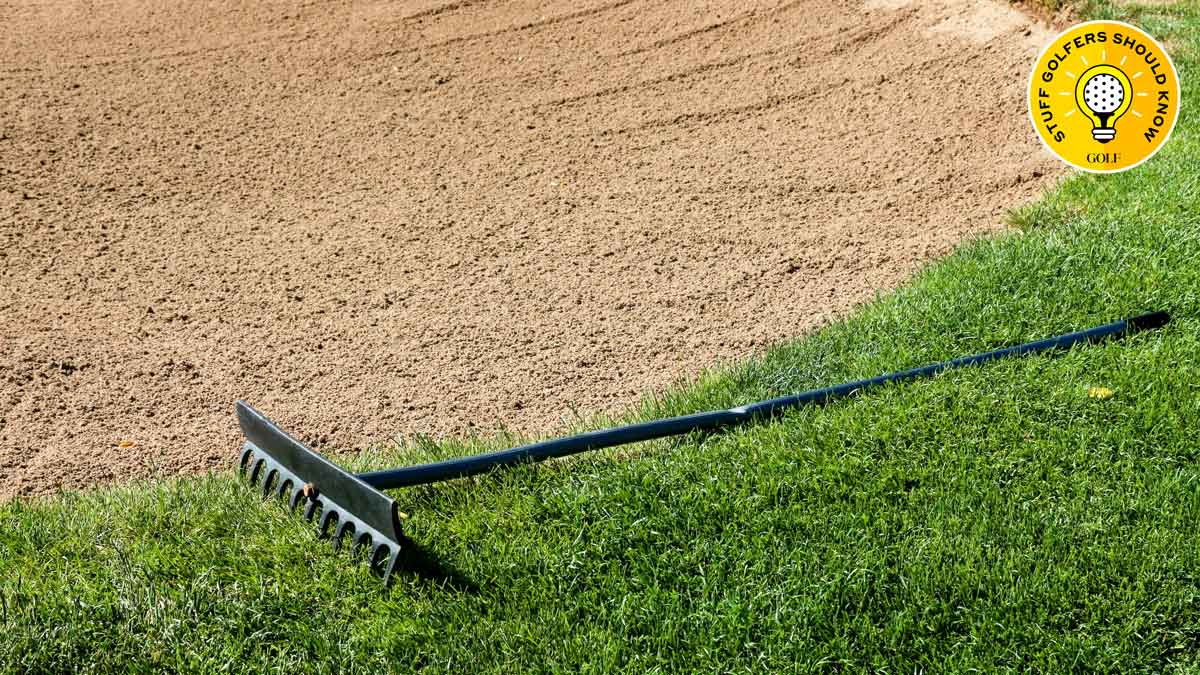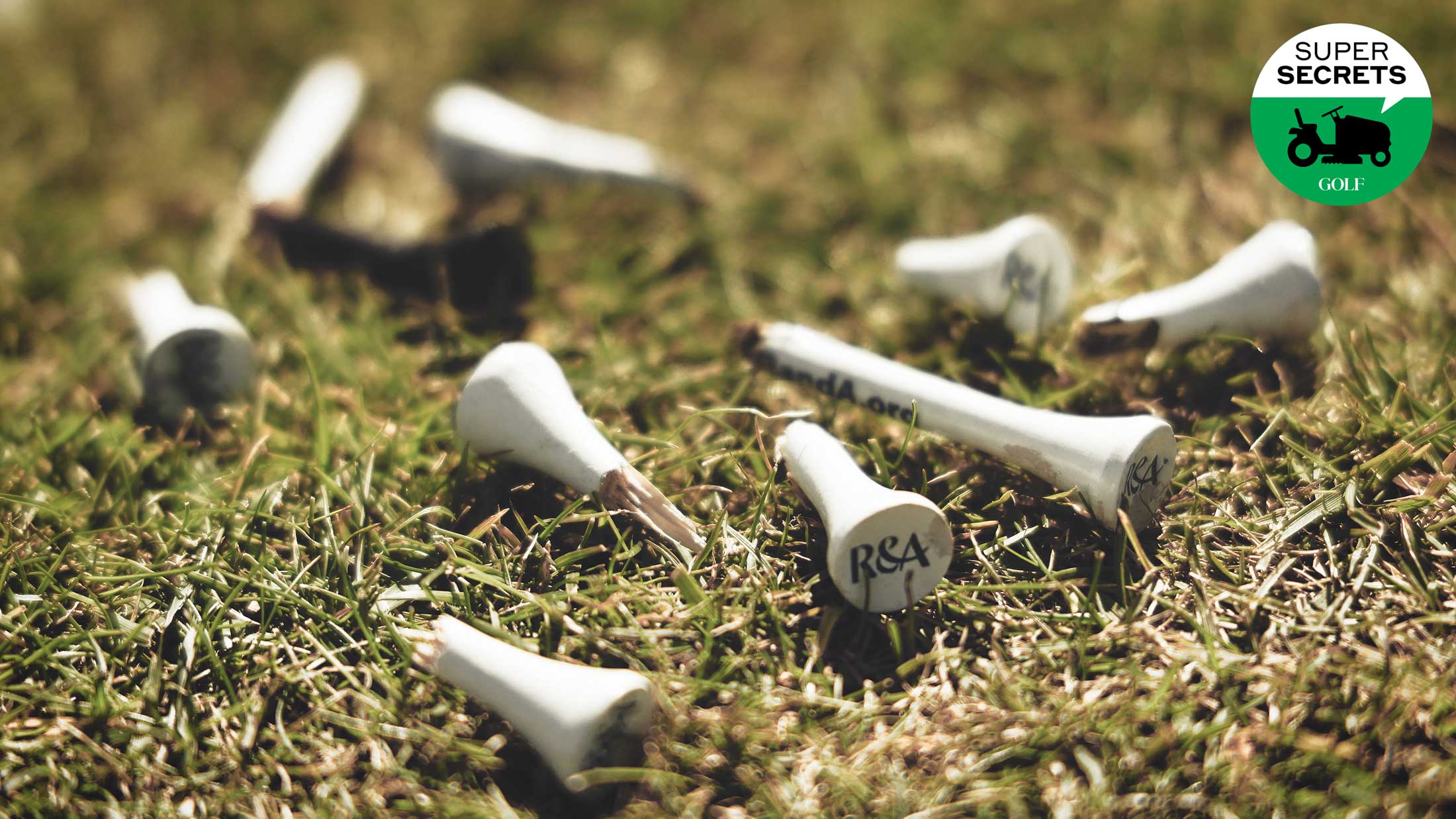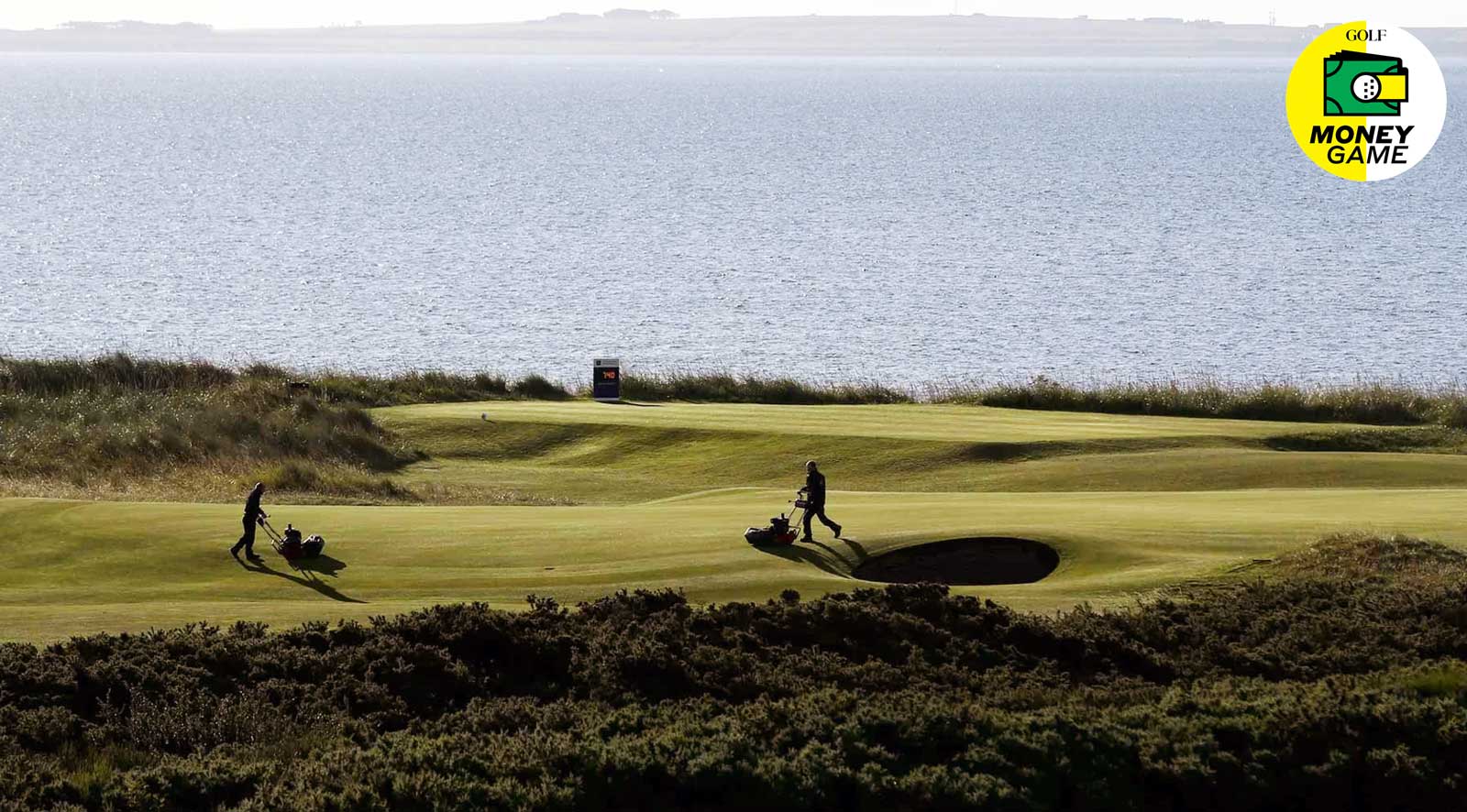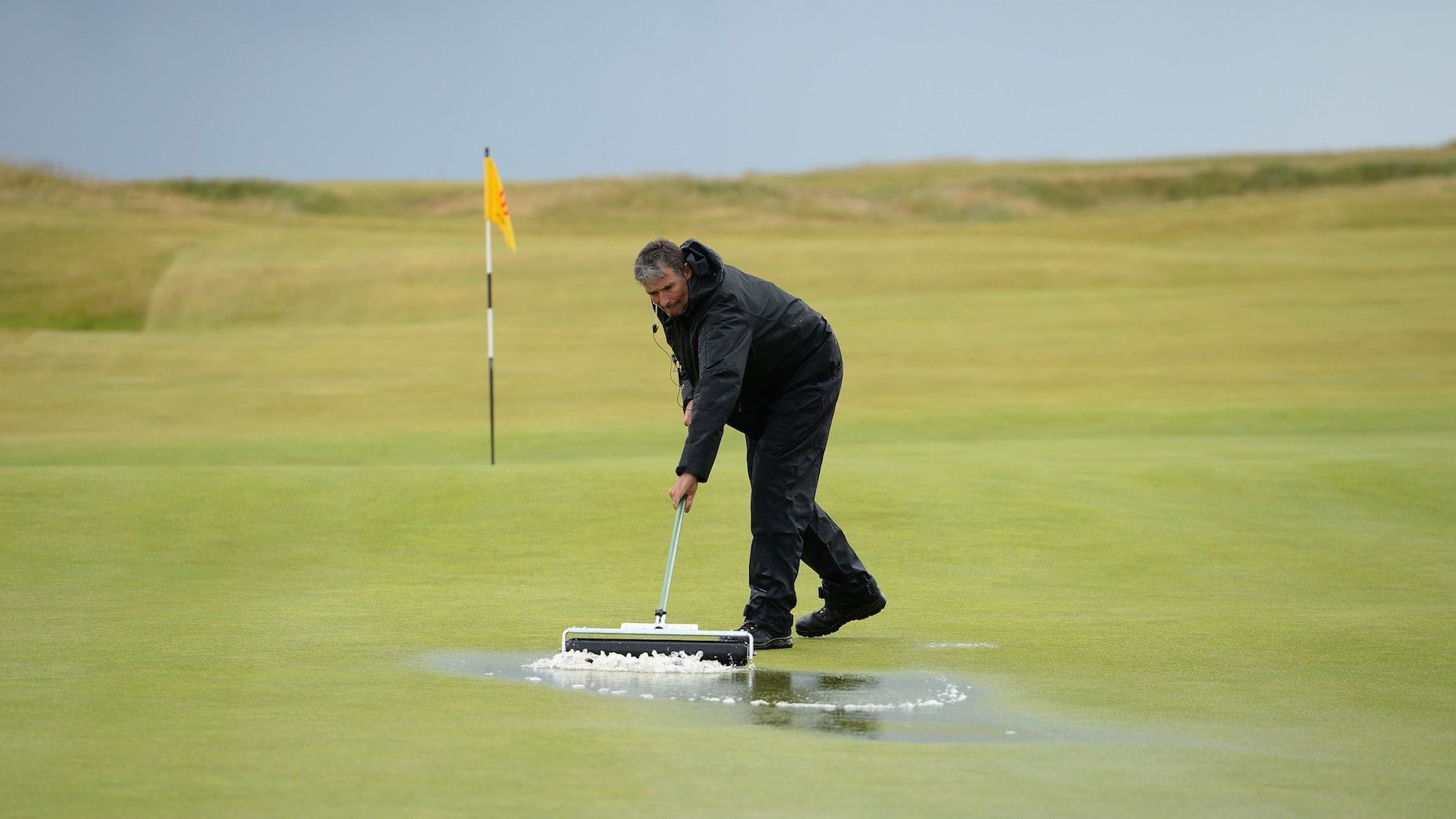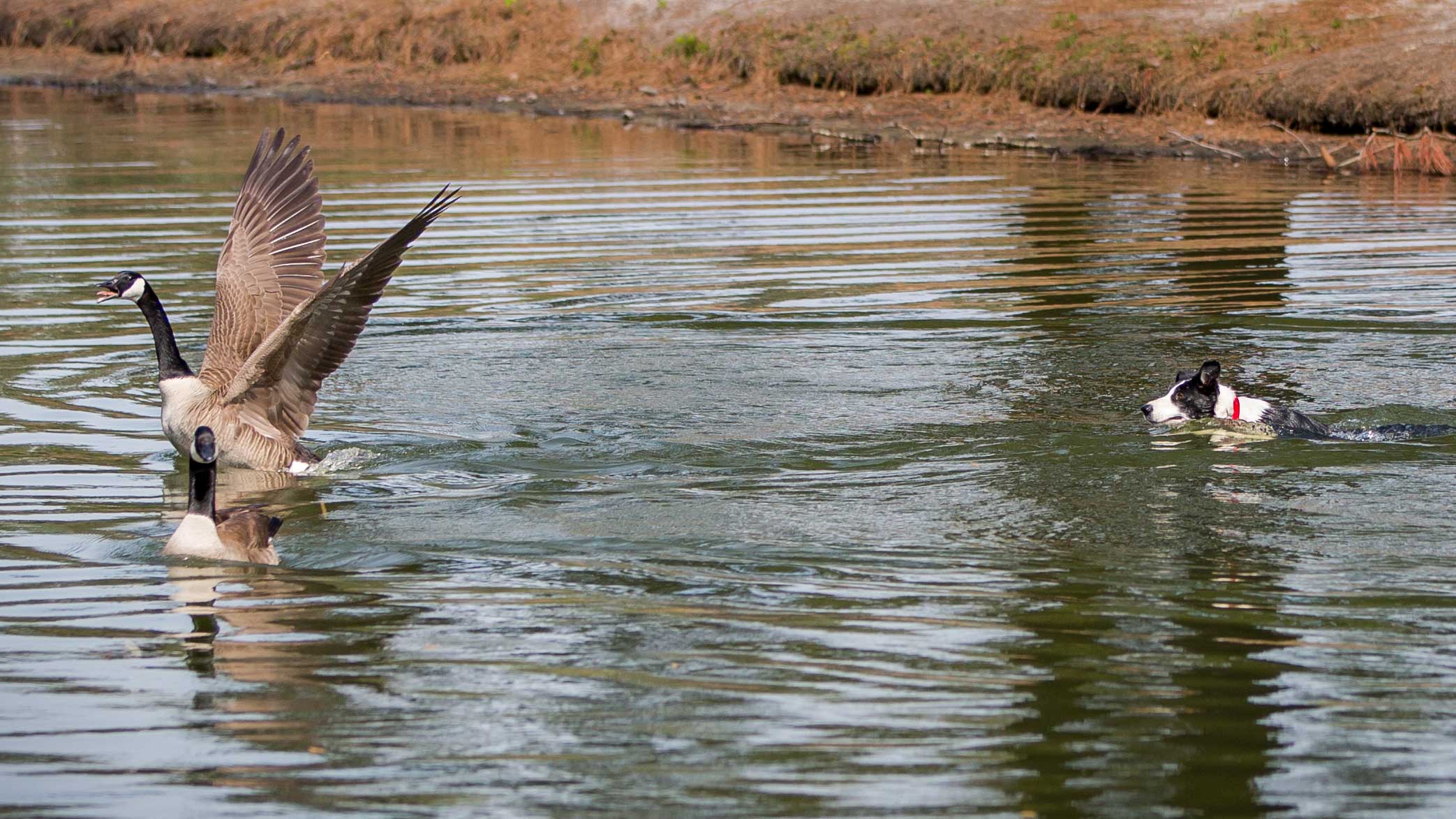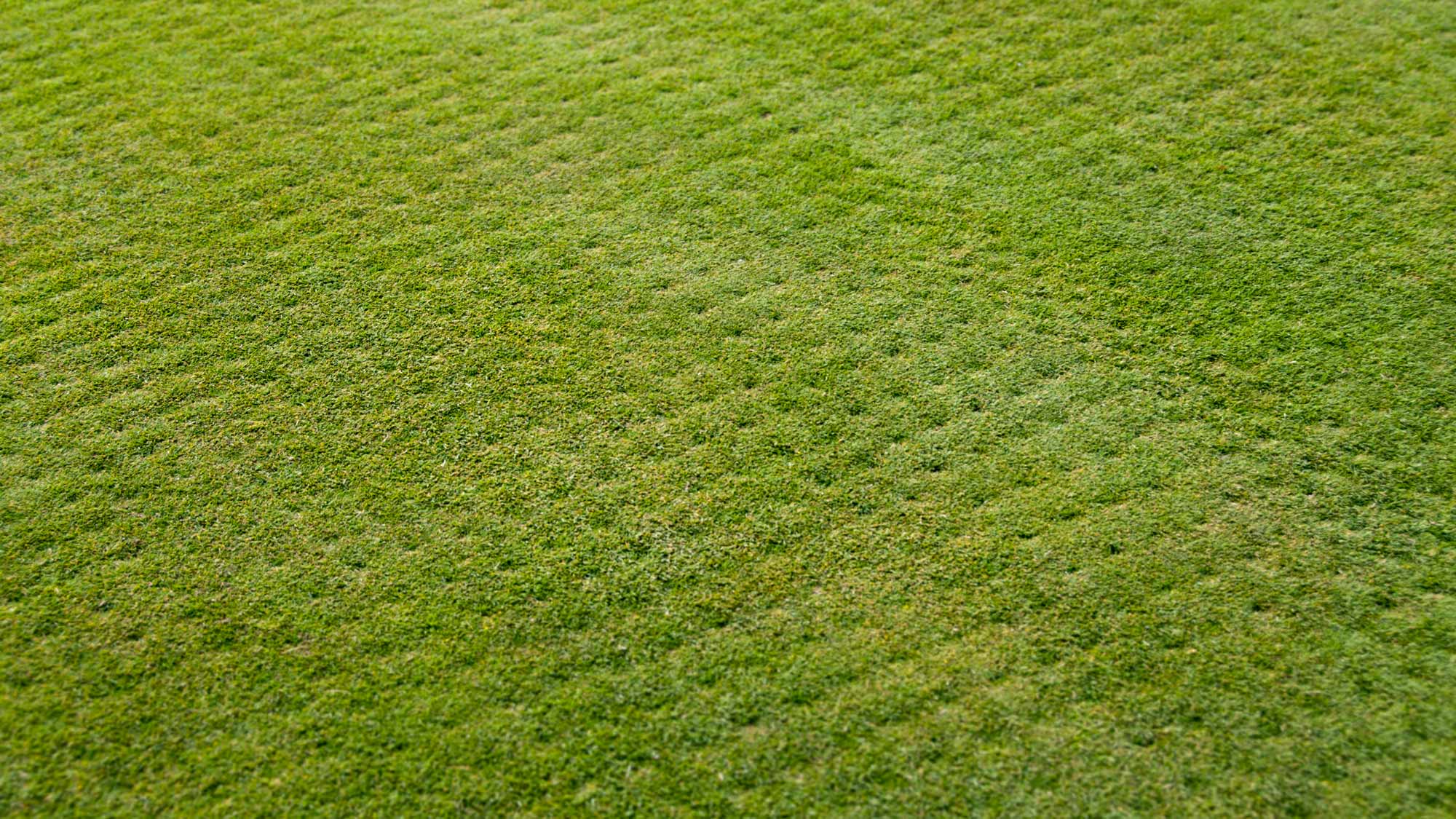Ed. note: Welcome to Super Secrets, a new GOLF.com series in which we’re picking the brains of the game’s leading superintendents. By illuminating how course maintenance crews ply their trade, we’re hopeful we can not only give you a deeper appreciation for the important, innovative work they do but also provide you with maintenance tips that you can apply to your own little patch of paradise. Happy gardening!
***
Water, water everywhere. Your grass needs some to drink. But how much? And how often? Also, how dry can you let your lawn get?
Dan Cutler is the superintendent of Rio Verde Country Club, in Rio Verde, Ariz., and the co-host, with Matt Guilfoil, of From the Jingweeds, a podcast devoted to the superintendent’s trade. In other words, he knows something about the subject.
So, we asked him for the dos and don’ts of handling thirsty turf.
When to water your lawn
As you’ve probably heard, watering early is the way to go. Cutler recommends the window between 5 a.m and 10 a.m., and for a couple of reasons. Not only do you want to beat the heat of day, when too much H2O gets lost to evaporation, you also want to get the job done before the wind kicks up and messes with your sprinkler patterns, making it tough to water evenly. Breezy conditions = inefficiency.
Golf courses sometimes water in the dead of night, but that’s out of necessity, Cutler says (golfers don’t take kindly to getting soaked), and he doesn’t recommend it. When you water after dark, you open the door to fungus and mildew, which creep in when moisture sits for too long on the grass.
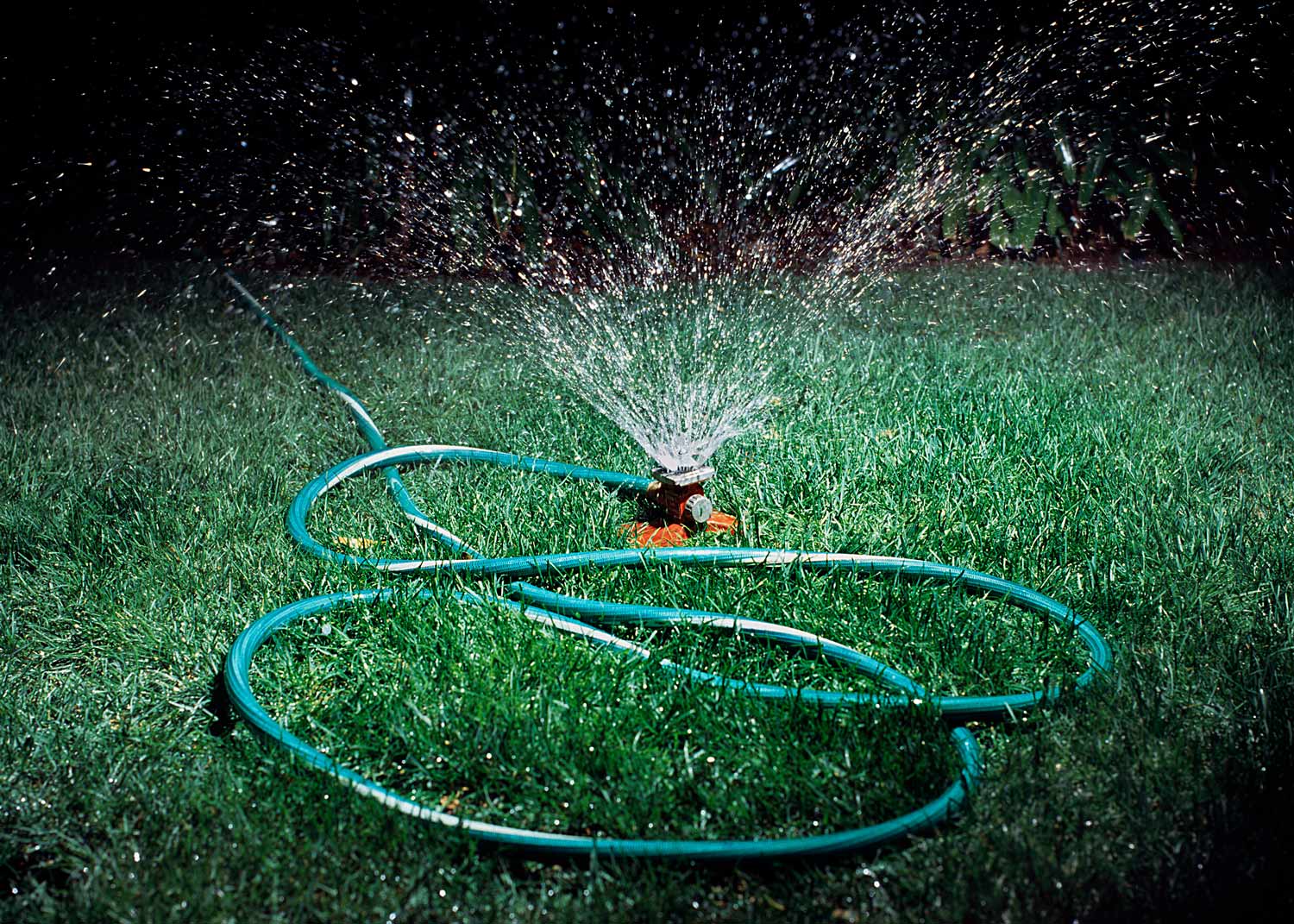
The perils of these problems are especially pronounced right after mowing, when turf is in a bruised and vulnerable state (getting sliced by a sharp blade is traumatic for plants and animals alike). So, when you cut your turf, allow it time to recover before you water (a day is a good amount of time to wait, Cutler says). And, of course, if you mowed that afternoon, it’s an especially bad idea to water that night.
How much to water your lawn
So much depends on a range of factors, including climate, soil type and grass varietal. But as a general rule, Cutler suggests giving your lawn about one to two inches of water per week. A rough way to measure this is to put a bucket out when you water, and see how high the water gets.
Another way to tell if your grass has had enough is to stick a pointed object into the soil — a knife or a screwdriver will do. If it slides in easily, your grass is likely sated. If the soil is hard and dry and tough to penetrate, your turf is probably parched. Time to wet its whistle.
The best way to mow your lawn, according to a golf-course superintendentBy: Josh Sens
How frequently to water your lawn
How you parcel out the water is important, too. You might think that watering a little bit every day is a smart approach, but you’d be wrong. It’s better to water “deeply and infrequently,” Cutler says. About a third of an inch every two to three days is a good goal.
Why is this so? Turns out your lawn is not unlike your kid: pampering it in the short run doesn’t do it any long-term favors. If you water lightly every day, your grass never has to reach deep into the soil to get a healthy drink. The roots become shallow. And grass with shallow roots is susceptible to wilting and other woes.
If, instead, you wait a day or two before you water, then give the turf a little more to drink, the water will seep deeper into the soil, and the roots will stretch down deeper in pursuit of it. A deeper root system is what you want.
Why golf courses put sand on greens (and why you might want to sand your own yard)By: Josh Sens
How dry is too dry
Conserving water is a good idea. Golf courses do it. Homeowners should do it, too. But how long can you let your lawn go without?
As with so much else in turf care, it depends. A hardy grass like Bermuda is camel-like in this regard: It can survive long bouts of deprivation. Not so with bentgrass in searing summer heat.
In drought conditions, grass does what it does in colder seasons: It goes dormant as a means of self-protection, redirecting moisture and nutrients to its roots. Its leaves turn color as a result. Dormant grass can be brought back to life; just add water.
But dead grass? Well, dead grass is dead.
As with so much else in turf care, the durability of your lawn depends on many factors. But as a general rule, Cutler says, grass starts going dormant after two weeks without water. After a month, it’s apt to die.
How do you tell if your grass has crossed that line? One faithful indicator is its crown. That’s the thick, light colored part of the plant, just above the soil, right where the roots meet the shoots. Look closely. If there’s still green in the crown, there’s still life in your grass. If not, you might be out of luck.
Another way to tell is pretty simple, too: tug on the grass, Cutler says. If its roots remain intact, it’s probably still alive. If it uproots easily, it’s toast. You’ll need to reseed to get it back.




